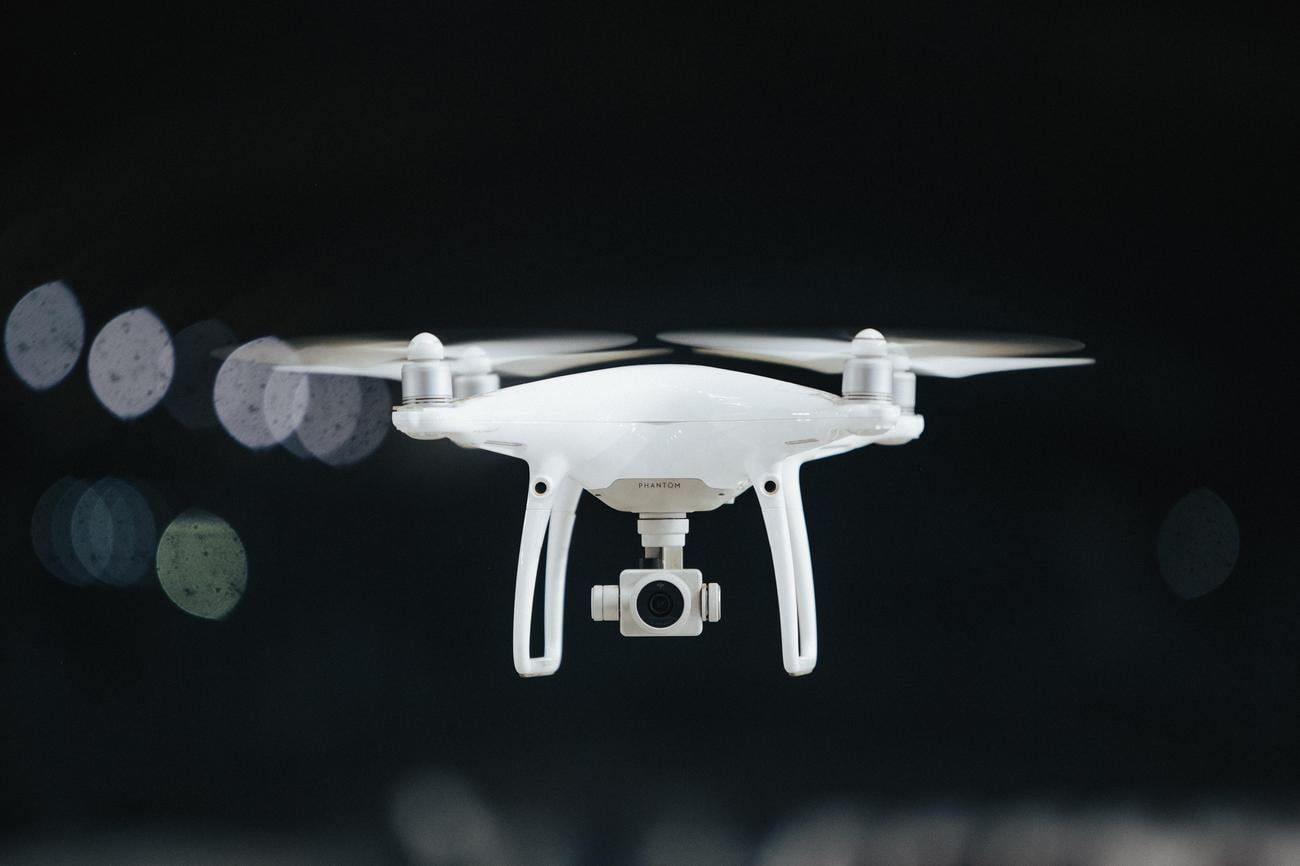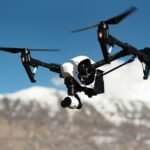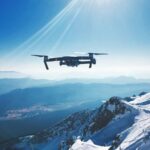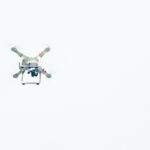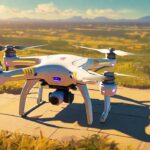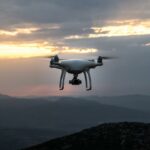In today’s fast-paced world, where technology is advancing at an astonishing rate, one topic has captured the attention of both the public and law enforcement agencies: drones. These unmanned aerial vehicles have become a game-changer in various industries, including law enforcement. As a highly experienced journalist with a specialization in technology and law enforcement, I am here to reveal the key facts behind the evolving relationship between drones and law enforcement. Strap in, because we are about to uncover the fascinating reality behind the convergence of drones and the enforcement of our laws.
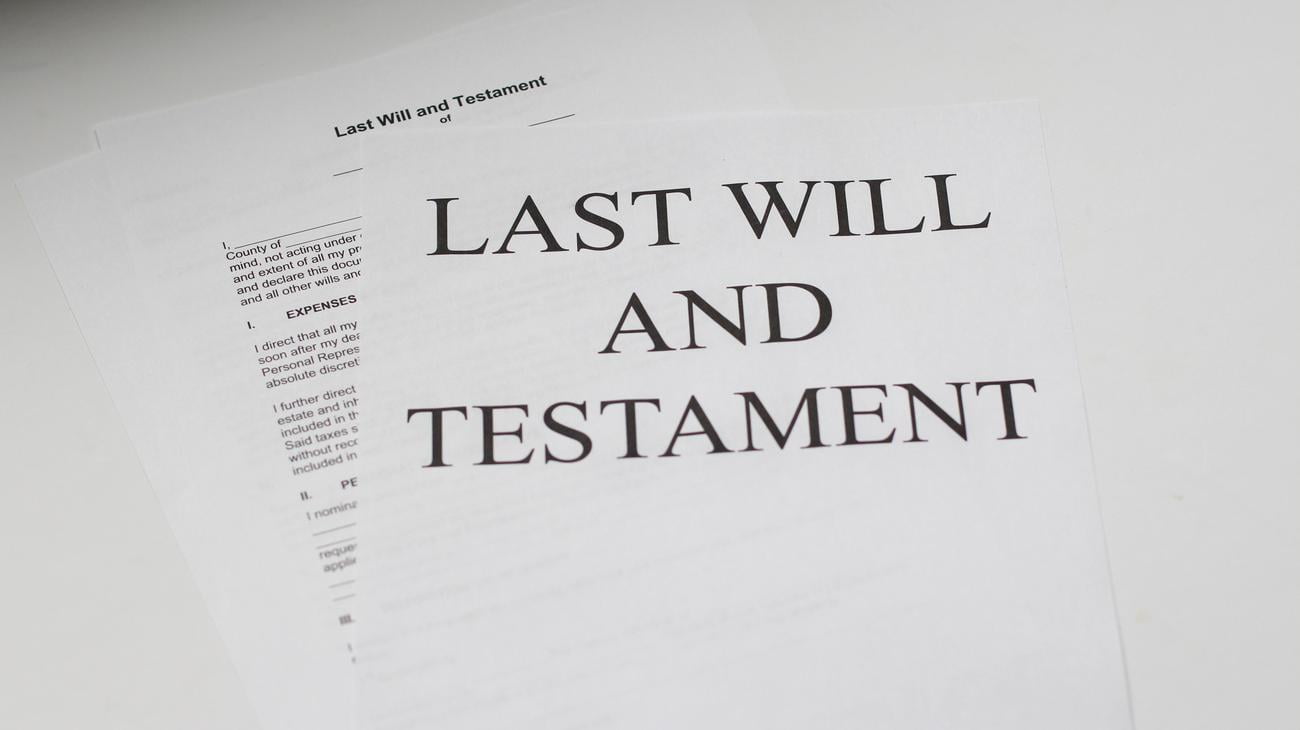
Drones Law Enforcement Facts
Drones have become an integral part of law enforcement agencies, revolutionizing the way they operate and carry out their duties. These uncrewed aerial vehicles offer a multitude of benefits in various law enforcement activities, including collecting evidence, conducting surveillance, and ensuring public safety. Let’s delve into the key facts that shed light on the evolving relationship between drones and law enforcement.
1. Drones in Law Enforcement: Law enforcement agencies are increasingly turning to drones to enhance their capabilities. These small, versatile aircraft provide invaluable assistance in collecting evidence and mapping crime scenes. With their ability to fly over areas that may be difficult or dangerous for officers to access, drones offer a new perspective that aids in crime scene investigation and forensic analysis.
“Drones have proven to be a game-changer in crime scene management and evidence gathering.”
2. Surveillance and Monitoring: Drones excel at conducting surveillance and reconnaissance operations. They can keep a close eye on suspects, monitor crowds and traffic, and provide crucial real-time information to officers on the ground. With their high-resolution cameras and advanced imaging capabilities, drones can capture clear visuals that aid in investigations.
“The ability of drones to provide remote visibility and manageability is invaluable for law enforcement agencies.”
3. Tactical Support: Drones play a vital role in supporting tactical operations and SWAT teams. They can be deployed to gather intelligence, scout locations before operations, and provide situational awareness to tactical teams. With their ability to fly swiftly and access hard-to-reach areas, drones offer critical support in high-risk situations.
“Drones have become an indispensable asset in ensuring officer safety during tactical operations.”
4. Search and Rescue: Drones are invaluable in conducting search and rescue missions. Equipped with infrared cameras, drones can quickly locate missing persons and assess the surrounding terrain. Their aerial perspective and maneuverability allow them to search large areas efficiently and provide lifesaving assistance in time-sensitive situations.
“Drones have the potential to save lives and increase the effectiveness of search and rescue efforts.”
5. FAA Regulations: To maintain safety and regulate drone usage, law enforcement agencies must adhere to the regulations set forth by the Federal Aviation Administration (FAA). These regulations encompass aspects such as drone registration, pilot certification, and flight restrictions. It is vital for agencies to stay informed and comply with the FAA guidelines.
“Law enforcement agencies must abide by FAA regulations to ensure responsible and safe drone operations.”
6. Impact on Law Enforcement Activities: Drones have had a significant impact on various law enforcement activities. They have proven invaluable in traffic crash reconstruction, pre-tactical deployment reconnaissance, SWAT operations, and patrol-led deployments. Drones enable law enforcement agencies to gather critical information quickly and efficiently.
“Drones have transformed the way law enforcement agencies operate, enhancing efficiency and effectiveness across a range of activities.”
7. Officer Safety and Public Safety: The use of drones in law enforcement operations enhances officer safety and overall public safety. Drones allow officers to remotely assess situations, minimizing the risks posed to them. Moreover, they provide real-time visibility, aid in decision-making, and enable quick incident response, ensuring the safety of both officers and the community they serve.
“Drones provide a safer operational environment for law enforcement while ensuring the protection of the public.”
In conclusion, the evolving relationship between drones and law enforcement presents exciting possibilities for enhancing law enforcement practices and public safety. As drones continue to evolve and their capabilities expand, it is crucial for law enforcement agencies to harness this technology responsibly and stay abreast of the regulations and guidelines established by the FAA.
Drones have proven to be a valuable asset in law enforcement, revolutionizing the way investigations are conducted and enhancing officer safety. By following FAA regulations and utilizing drones effectively, law enforcement agencies are tapping into a powerful tool that offers countless advantages in their mission to protect and serve.
Drones have become an invaluable tool for law enforcement agencies worldwide. If you’re curious about the incredible ways drones are being used to fight crime and ensure public safety, check out these fascinating facts about drones in law enforcement. From their role in surveillance operations to search and rescue missions, drones are revolutionizing the way police departments operate. Discover the latest advancements in drone technology and how they are being implemented in crime prevention efforts. Don’t miss out on these mind-blowing facts about drones in law enforcement. Start exploring now! facts about drones law enforcement
FAQ
Question 1: What are drones and how are they used in law enforcement?
Answer 1: Drones are uncrewed aerial vehicles that law enforcement agencies use for various purposes. They can be used to collect evidence and map crime scenes, conduct surveillance and reconnaissance, monitor suspects, crowds, and traffic, support tactical operations and SWAT teams, as well as conduct search and rescue missions. Drones are valuable tools in ensuring public and officer safety.
Question 2: Are there any regulations governing the use of drones in law enforcement?
Answer 2: Yes, law enforcement agencies must follow the regulations set by the Federal Aviation Administration (FAA) to fly drones. These regulations ensure safe and responsible drone operations while protecting the privacy and rights of individuals.
Question 3: What impact have drones had on law enforcement activities?
Answer 3: Drones have significantly impacted various law enforcement activities. They have been used for traffic crash reconstruction, pre-tactical deployment reconnaissance, SWAT operations, forensic investigations, patrol-led deployments, and even hostage situations. Drones provide quick incident response, mapping of crime scenes, scouting of locations before operations, conducting rescue missions, and enhancing officer safety.
Question 4: How do drones enhance officer safety and public safety?
Answer 4: Drones offer several advantages in law enforcement operations. They are faster than conventional vehicles, allowing for swift response times. Drones provide remote visibility and manageability in public safety operations, enabling law enforcement to monitor situations from a safe and strategic distance. This enhances officer safety and allows for better decision-making in critical scenarios.
Question 5: Where can law enforcement agencies find more information about drones?
Answer 5: Law enforcement agencies can find more information about drones and their usage in law enforcement from sources such as dronecareers.com, powerdms.com, police1.com, dslrpros.com, adorama.com, and others. These platforms offer valuable insights, resources, and guidance to help law enforcement agencies effectively integrate drones into their operations.
- SYBAU See You Baby Meaning: Gen Z Slang Evolves - July 1, 2025
- Unlock Your Inner Youth: Lifestyle Secrets for a Vibrant Life - July 1, 2025
- Decode SYBAU Meaning: Gen Z Slang Explained - July 1, 2025
